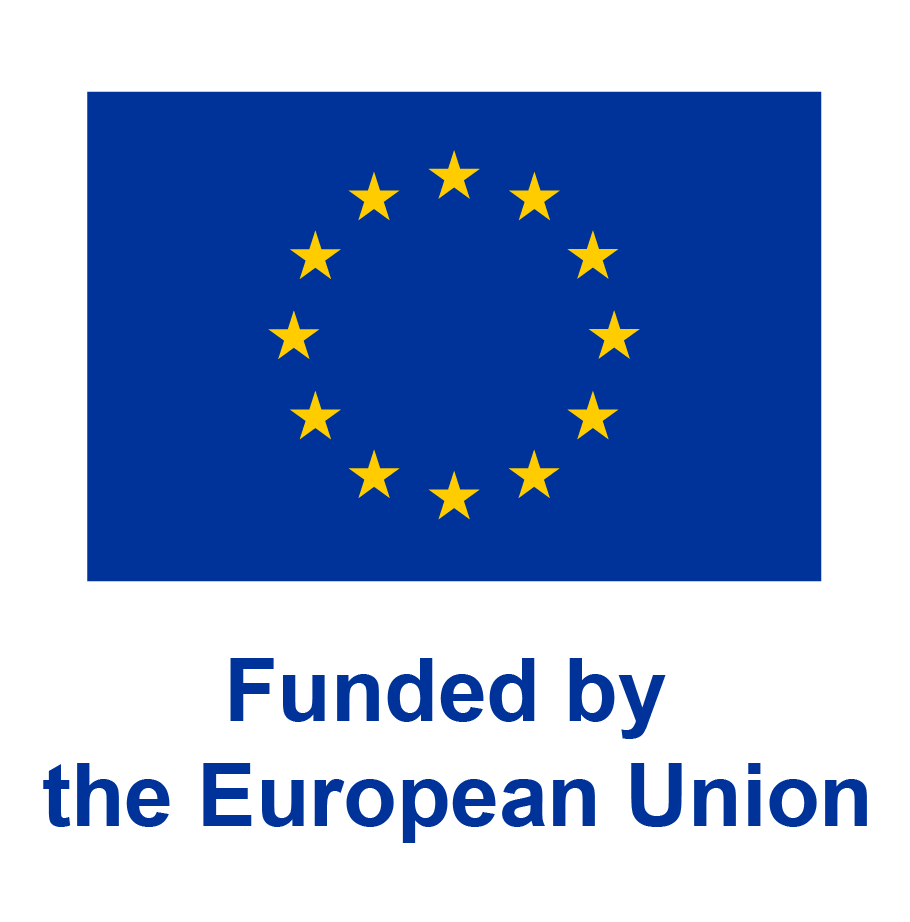

-
Humanities and the arts
- Architectural practice
This project advances the hypothesis that techniques of mechanical drawing, and specifically, drawings produced by manual copying and direct tracing, served as the bedrock of early modern architectural education prior to the advent of formal schools of architecture. The normative histories of fifteenth- and sixteenth-century Italian architecture have relegated drawings of mechanical subject matter (construction machinery, scaffolding systems, structural diagrams, military devices) to a lower, non-artistic status. These drawings are deemed inferior not only due to their subject matter, but also due to their ubiquity; the mechanical drawings used by early modern architects were widely circulated and routinely copied. Indeed, copying drawings and traces have long been considered corrupt. In the foundational discussions of disegno (the practice and product of drawing), Giorgio Vasari explicitly ridiculed copying practices, and the “infinite” number of substandard artists who employ techniques of tracing. In turn, he celebrated drawings that were demonstratively autograph or individual as the embodiment of their creator’s singular “genius.” This framework lay the foundation for modern history’s critical assessment of drawings and cemented the idealization of early modern Italy’s “great” architects. While recent decades have seen a notable increase in research on techniques of copying and tracing in the study of early modern painting, there remains a critical absence of scholarship that examines the derivative practices that underscored early modern architecture. Looking beyond anachronistic conceptions of “art,” “architecture,” and “engineering” and examining a broader corpus of early modern architectural drawings. Identifying images that are formally and technically related in their execution, the project investigates the intellectual processes of design training and brings to light the collaborative frameworks of architectural production.